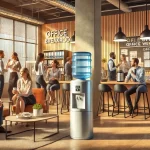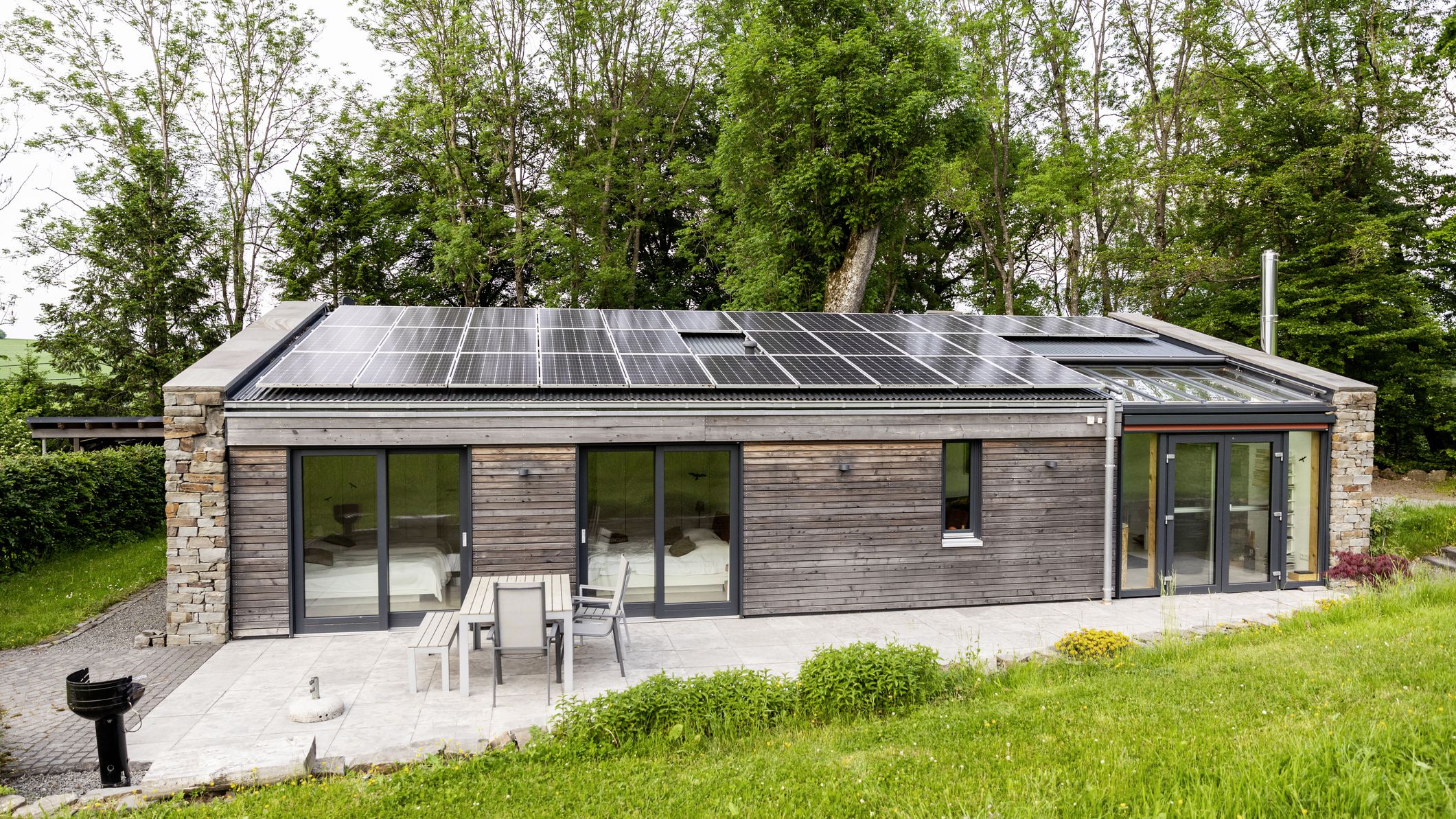Sustainable architecture is any building, system, or design which seeks to create a long-term balance between the act of consuming and the act of conserving. It has become more important than ever with our rapidly changing climate and natural landscape. There are different styles of sustainable architecture, each with its own pros and cons. Explore what some of these different styles are below.
African Architecture
Buildings in this style have been built from sustainable materials such as mud, grass, and wood. The roofs are curved upwards to allow a more even distribution of rainwater. They also feature a fireplace for warmth and cooking. These homes are meant to fit around the continent’s vast landscape without disrupting it, fitting naturally into the environment while using all available resources. This building style is affordable and sustainable.
Unfortunately, it has had little impact throughout history because most African countries still practice vernacular architecture, which houses many people in one space who cannot afford their own homes. Earthen architecture like this can be found in parts of North Africa, Southern Africa, West Africa, Middle Africa, and the Horn of Africa.
LEED High-rise
This building style used for skyscrapers follows LEED guidelines to conserve energy without sacrificing comfort or beauty. This method requires external air supply systems, double-glazed windows, high ceilings with sunshades, cool roofs, and thermal mass storage to regulate indoor temperature. The downside is its cost; not only are these buildings more expensive to build, but they also require more energy over time because of their sheer size.
LEED has been criticized for favoring large corporations that can afford to comply with its regulations. Doing so ignores small businesses that might find it less costly to renovate an existing structure by plugging gaps in insulation or cleaning out existing brickwork to make it more effective.
LEED Low-rise
Like LEED high-rise, this low-rise construction style uses all the above-listed designs for insulation and heat retention but at a much lower cost. Instead of building an entirely new structure, architects are encouraged to add to existing structures to make them greener.
Since most renovations are already very costly, they can be painted over with environmentally friendly paint or treated to prevent mold growth while still saving money through recycled materials wherever possible. This is also beneficial because it reduces greenhouse gas emissions by not producing any site disturbance throughout demolition or construction.
Mission Architecture
Buildings that follow this design have been constructed using sustainable materials such as adobe, straw bale, and timber. They are often characterized by their sloped roofs which allow rainwater to run off and cool the building in the process. These homes also have large windows to allow natural light and passive ventilation to keep the air circulating. The downside is that they can be expensive to construct and difficult to manage in colder climates.
Mission architecture can be found primarily in the southwestern United States but has been slowly making its way up north into states like Oregon and Washington.
Net-zero Energy Building
Buildings that follow this design are entirely self-sufficient and produce more energy than they consume. This is done by installing solar panels, rainwater harvesting, geothermal heating, and other sustainable techniques. These buildings are usually characterized by large overhangs for shading windows while still allowing light to keep the space bright.
Unlike LEED high-rise, this style of architecture is meant for all different kinds of businesses ranging from small apartments or single-family homes to larger commercial office buildings to pass state laws requiring zero energy consumption rates. Net-zero energy can be found throughout many states across the nation but has not caught on with the public because of its costliness.
Passive House
Buildings that follow passive house standards are designed to keep comfortable temperatures in mind. When done so, they don’t run up energy bills too much through the use of insulation, airtight sealing, thermal mass storage systems, natural ventilation, and renewable energy sources like solar panels. This method has been used in Europe for decades. It has recently appeared in the United States, allowing many companies to build affordable, attractive buildings while reducing energy consumption rates.
There are different styles of sustainable architecture that you could use to help reduce your carbon footprint and make a difference in the world. In this article, there are seven types of modern green buildings, from LEED high-rise buildings designed for large corporations with deep pockets or those looking for quick construction time to net-zero energy buildings that can be found across America.
Meta title: Sustainable Architecture: Ideas to Consider
meta desc: Sustainable architecture is a vital topic in the construction industry. It allows architects to create beautiful and environmentally friendly buildings.
 Car Service Rockingham: Comprehensive Solutions for Your Vehicle’s Needs
Car Service Rockingham: Comprehensive Solutions for Your Vehicle’s Needs  Kindness and Quiet Help Everyone Enjoy the Office Entertainment Site Together
Kindness and Quiet Help Everyone Enjoy the Office Entertainment Site Together  Machine Learning with Excel: A Beginner’s Guide
Machine Learning with Excel: A Beginner’s Guide  Transforming Singapore’s Transport System The Ultimate Convenience of Promenade Peak
Transforming Singapore’s Transport System The Ultimate Convenience of Promenade Peak  Using CAGR Calculator for Business Revenue Forecasts
Using CAGR Calculator for Business Revenue Forecasts  Chencharu Close Condo Mix Development The Ultimate Address for Modern City Living with Exceptional Transport Links and Future-Ready Amenities
Chencharu Close Condo Mix Development The Ultimate Address for Modern City Living with Exceptional Transport Links and Future-Ready Amenities  How to Prevent Aches and Pains from Everyday Activities
How to Prevent Aches and Pains from Everyday Activities  Expanding Horizons Enrichment Centers and Special Education Institutions Near The Sen Condo
Expanding Horizons Enrichment Centers and Special Education Institutions Near The Sen Condo  How Commercial Cleaning Enhances the Environment in Toledo’s Dental Labs
How Commercial Cleaning Enhances the Environment in Toledo’s Dental Labs 




